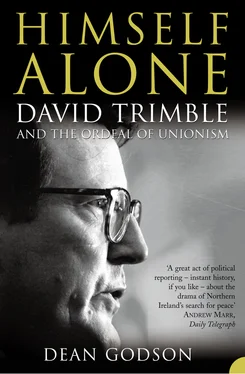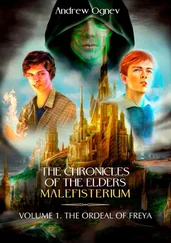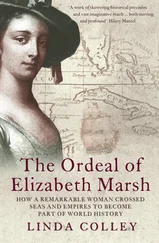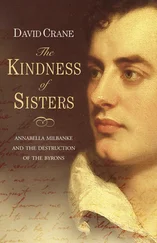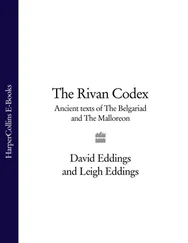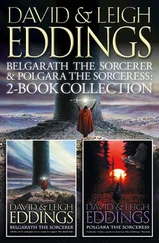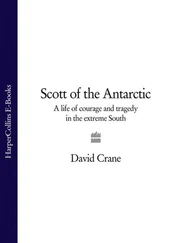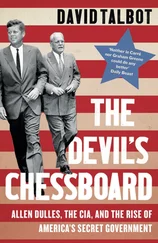The momentum which built up in favour of the UUUC’s rejection of Sunningdale was not confined to the working classes. It was more broadly based, and as during the first two ‘sieges of Drumcree’ in 1995 and 1996 implied at least a level of middle-class Unionist acquiescence in street protest. The source of this discontent was quite simple: the deal did not seem to be delivering what it promised to do. The first major blow came after the Executive had taken office on 1 January 1974. The Ulster Unionist Council – where Faulkner’s margins had been thinning ever since he accepted the White Paper in May 1973 – rejected Sunningdale by 427 votes to 374. The motion was proposed by John Taylor and was seconded by Martin Smyth. Faulkner promptly resigned as party leader, and although he took the Executive members and others with him, he was now completely detached from the bulk of the party machine. 12 Shortly thereafter, a former Fianna Fail Cabinet minister, Kevin Boland, launched a High Court challenge to the Irish Government’s recognition of Northern Ireland’s present constitutional status. He claimed that it conflicted with Articles 2 and 3 of the Republic’s 1937 Constitution. When the Government mounted its defence, it emerged that they were arguing that they had not after all acknowledged that Northern Ireland was outside the jurisdiction. 13 The consent principle, so crucial to Unionists, was fatally undermined by a clever legal formulation. The effects on Faulkner were more devastating still: so much so that when the United Kingdom General Election for Westminster was held on 28 February, the UUUC defeated every sitting Unionist candidate who was loyal to Faulkner and won eleven out of the twelve Ulster constituencies. Their slogan was, ‘Dublin is only a Sunningdale away’. 14
The February 1974 election was the closest thing there would be to a referendum on Sunningdale, and for the first time rejectionists could claim to have a popular mandate. Labour were back in power, and Harold Wilson, whose personal sympathies were in favour of Irish unity, was once again Prime Minister. 15 Meanwhile, the IRA stepped up the tempo of its activities: the murder of a UDR soldier, Eva Martin, at Clogher, Co. Tyrone, evoked particular horror. The killer was Sean O’Callaghan, who later became the highest ranking ever defector from the Provisional IRA and who would come to know Trimble well – and advise him – following his release from jail in 1996. 16 In this fevered atmosphere, the UWC demanded fresh Assembly elections. The UWC had been preparing assiduously behind the scenes and were especially well organised amongst the crucial power workers. Accordingly, when the Assembly rejected a motion denouncing power-sharing on 14 May 1974, by 44 to 28, Harry Murray promptly announced that the loyalists would reduce electricity output from 700 to 400 megawatts. The next day, in response to a general strike call from the UWC, workers downed tools at the Harland and Wolff shipyard; road blocks started to appear everywhere.
The organisational skills of the loyalists were impressive then. The strike was run from Vanguard headquarters at 9 Hawthornden Road, in east Belfast, by the UDA spokesman and Vanguard Assembly member Glenn Barr, with a fifteen-strong committee that included representatives of all the main political parties. Also on that committee along with the politicians and trade unionists were Andy Tyrie of the UDA, Ken Gibson of the UVF, and Lt Col. Brush of Down Orange Welfare. As well as power cuts, the strike committee started a system of issuing ‘passes’, so that workers in essential services could buy petrol: anyone who wanted to move about had to apply to the strike headquarters. Initially, the politicians were told to stay away for the duration of the strike – and it suited them perfectly. For although the idea of the strike, according to Trimble, had originally come from Vanguard, they did not want it to be thought to be theirs alone or even originating primarily with them. 17 The focus of attention soon moved even further away from conventional politics and street protest: on 17 May, the UVF bombed Dublin and Monaghan, killing 33 people. It was the heaviest day of casualties during the entire Troubles. ‘I was very surprised,’ says Trimble. ‘The whole object of the strike was that it was non-violent action. The perceived wisdom was that it was mid-Ulster UVF. I could never see the logic of sectarian attacks. This is one of the worrying things about loyalist paramilitarism, its absence of intelligence in both senses of the word.’ 18 Trimble was present at Hawthornden Road on the evening that the Dublin-Monaghan bombs went off: despite Craig’s instruction to key Vanguard figures to stay away so that the grassroots elements could appear to run the show, he could not stay away from the scene of the action for very long. 19
After acting as telephone operator, Trimble graduated to printing very amateurish passes on a children’s Letraset, which those who applied to the UWC could show at road blocks to go and buy fuel. Eventually, he produced the daily strike bulletin with Sammy Smyth of the UDA. 20 Smyth was a figure given to very extreme pronouncements: the Irish Times reported him as saying that ‘I am very happy about the bombings in Dublin. There is a war with the Free State and now we are laughing at them.’ For these, remarks, Smyth was ‘disciplined’ by the UDA – that is, beaten up – and was removed as a spokesman; he was murdered by the IRA in 1976. 21 (Curiously, until I raised the matter with him, Trimble states that he was unaware of Smyth’s views, since he rarely read the newspapers in those fevered days). Indeed, at one point, Trimble was embarrassed when a professor at Queen’s turned up at Hawthornden Road wondering how examinations would be run with petrol so severely rationed. ‘Oh, Trimble knows all about that,’ replied the trade unionist. The two university colleagues then had a strained conversation. For the most part, though, Trimble – who at the time stayed at his mother’s house in Kilcooley – remembers ‘an almost blitz spirit’. Local farmers, for instance, gave milk away rather than throw it out because they could not sell it. The sense of solidarity was reinforced by the knowledge that they were being listened to by the security forces. Trimble remembers watching a British soldier crawling along the ground trying to install a microphone at Hawthornden Road: he laughed loudly when George Green simply placed a radio near the device and switched it on, drowning out the loyalists’ words. Trimble suspected that his mother’s telephone was tapped, and his concerns were vindicated when she returned from holiday and was surprised to find that the line had been broken, which tended to occur when the primitive devices of the period were disconnected: Trimble, though, never sought to venture an explanation to her for this inconvenience! 22 In fact, says one senior security source of the era, the technology even then was such that a breakdown of Ivy Trimble’s telephone could not have been caused by the removal of the tap. But the source confirms that Trimble’s telephone, along with many others, was monitored in this period. 23
In these heady days for loyalists, Trimble was hugely animated. Herb Wallace, his closest colleague at Queen’s, remembers that he was ‘terribly excited to be associated with the leading lights on the UWC. Glenn Barr even told him that when he became Prime Minister of Northern Ireland, Trimble would be Minister of Law Reform.’ 24 On the morning that the Prime Minister was to make a broadcast to the nation about the growing crisis, Trimble attended a key meeting of the strike coordinating committee. Present were Craig, Paisley, West and the workers’ representatives. They had just received a draft of Wilson’s address condemning the strikers in even harsher language than the Prime Minister eventually employed. Trimble, like everyone else, thought that if he went ahead with that version, there would be an explosion of uncontrollable violence. ‘I reckoned: “This is madness. This will destroy the country and double the death toll overnight.”’ 25 Word also came through back-channels that as they watched the broadcast that night, the UWC would be swooped on by the Army. Accordingly, the UWC high command went to ground and left the elected politicians behind: the Army would then find they had bagged a bunch of parliamentarians, plus the Assistant Dean of the Law Faculty at Queen’s University. But before they departed, the UWC did have one serious discussion about the legal aspects of a possible declaration of martial law. Trimble had brought along a copy of R.F.V. Heuston’s Essays in Constitutional Law , which had an excellent treatment of the subject. The strike leaders were obviously sufficiently impressed by Trimble’s exposition to borrow his copy of Heuston. It was not returned – and the Army never came anyhow. 26
Читать дальше
